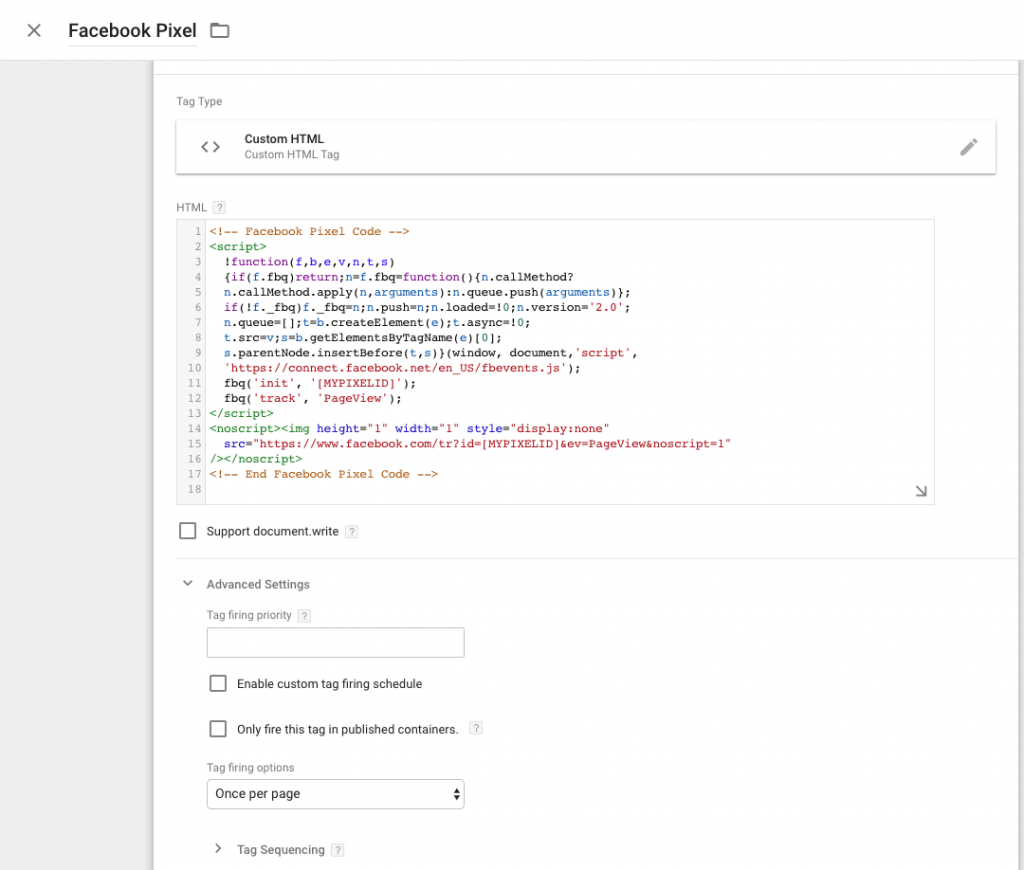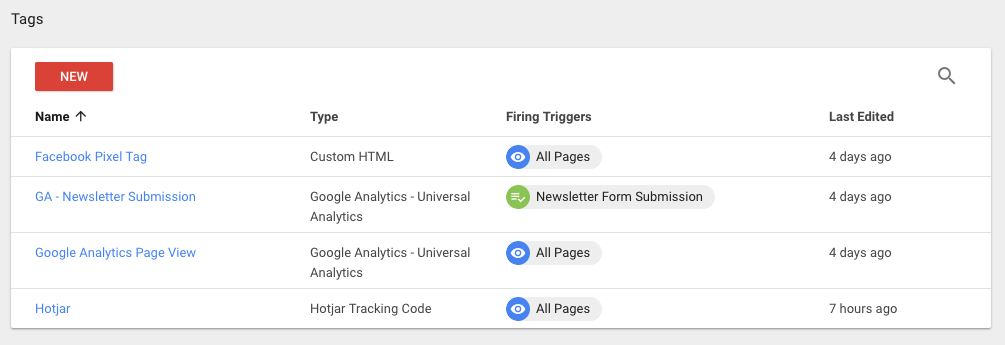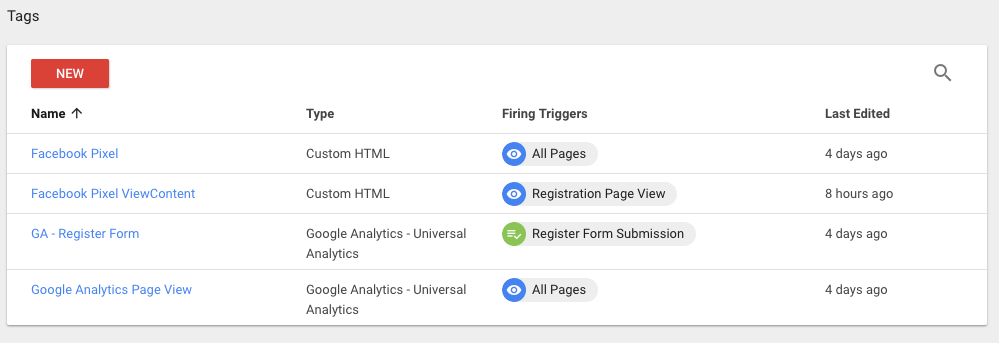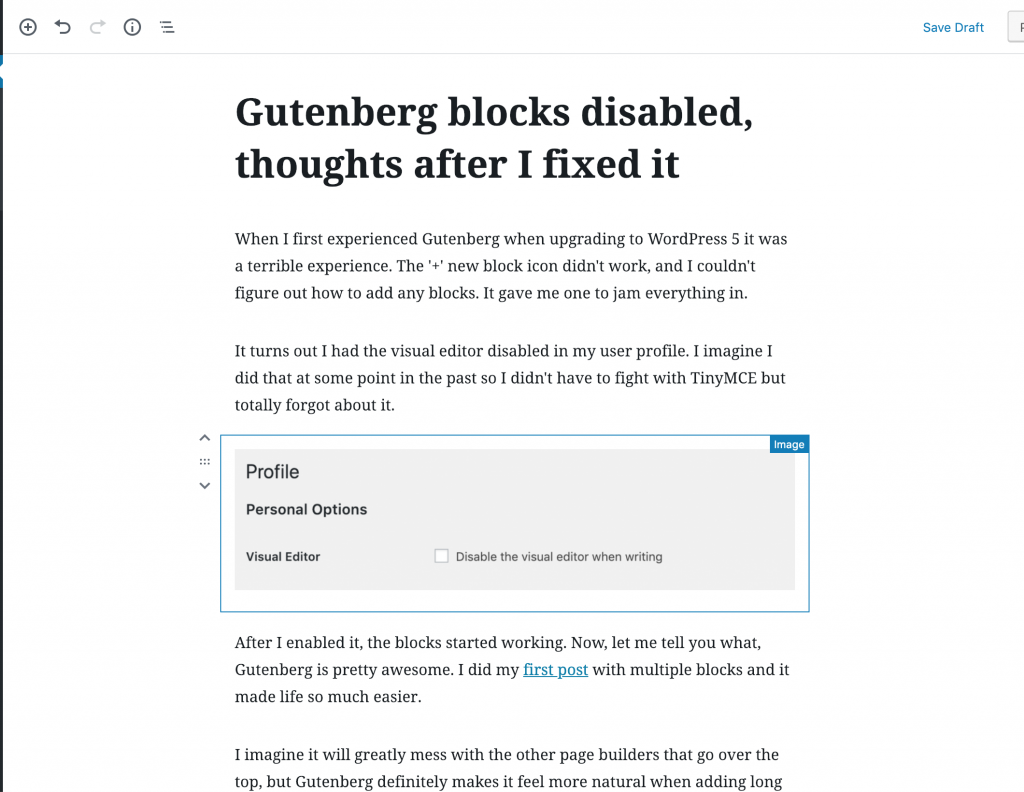If you use Laravel Nova, you undoubtedly were happy when Taylor started allowing us to use composer to install and update Nova. By doing so you create or edit your ~/.composer/auth.json file with something like the following:
{
"http-basic": {
"nova.laravel.com": {
"username": "your-email@your-email.com",
"password": "your-super-secret-token"
}
}
}On your dev machine you need this file, along with your production or wherever you are building / deploying your site. Using forge, this is a simple git pull and not a complicated deployment.
I setup a GitLab pipeline so that when pushing the master branch, it will run my unit tests, then trigger forge to do the deployment.
To get composer to install and not error out means we had to add auth.json to our repository and in our build steps, copy it to the correct directory. By using variables, we don’t need to store our credentials in that file. Our auth.json is literally what we have above. We are going to replace your-email@your-email.com with our custom variable in the Gitlab CI/CD Environment Variables page.
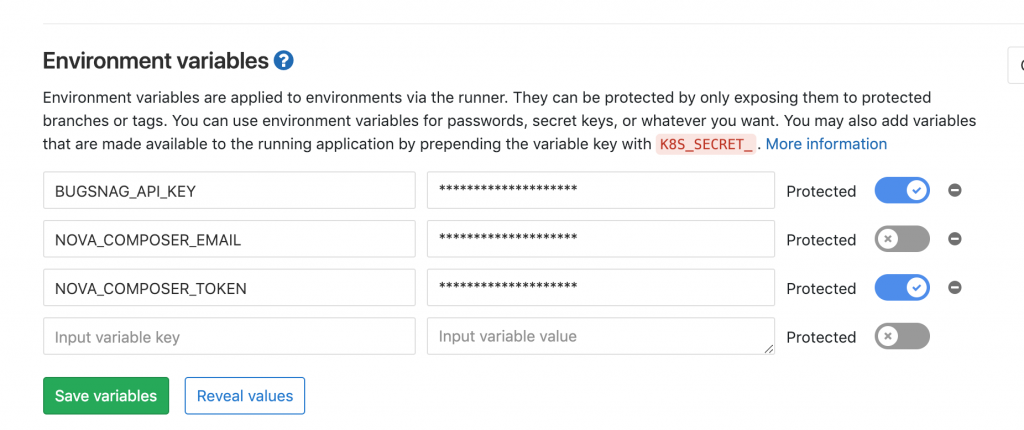
Here is what our test stage looks like. The ‘- sed’ lines replace our placeholders in auth.json with the variables we defined above.
phpunit:
stage: test
script:
- cp auth.json ~/.composer/auth.json
- sed -i "s/your-email@your-email.com/${NOVA_COMPOSER_EMAIL}/g" ~/.composer/auth.json
- sed -i "s/your-super-secret-token/${NOVA_COMPOSER_TOKEN}/g" ~/.composer/auth.json
- composer install --prefer-dist --no-ansi --no-interaction --no-progress --no-scripts
- cp .env.testing .env
- php artisan key:generate
- phpunit --colors=never
There may be a more elegant way to achieve this, but this works and doesn’t jump through too many hoops.

